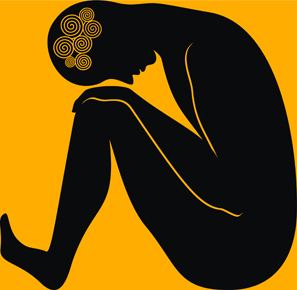 | ||
Body memory
Body memory is a hypothesis that the body itself is capable of storing memories, as opposed to only the brain. The idea could be pseudoscientific as there are no known means by which tissues other than the brain are capable of storing memories. Body memory is used to explain having memories for events where the brain was not in a position to store memories and is sometimes a catalyst for repressed memory recovery. These memories are often characterised with phantom pain in a part or parts of the body – the body appearing to remember the past trauma. The idea of body memory is a belief frequently associated with the idea of repressed memories, in which memories of incest or sexual abuse can be retained and recovered through physical sensations. An example of body memory is based on decapitated animals that upon regrowing their head seem to recall past memories and training. This may suggest evidence that such means may be available to simpler forms of life.
Contents
Introduction to body memory
Cellular memory
Cellular memory is an additional hypothesis that memories can be stored outside the brain. However, unlike body memory, the cellular memory hypothesis states that these memories are stored in all the cells of human bodies, not in the bodies’ organs. The idea that non-brain tissues can have memories is also believed by some individuals who have received organ transplants, though this is also considered impossible.
Studies done by biologists at Tufts University have been able to train worms despite the loss of the brain and head, this may confirm memory is stored in other parts of the body. A worm reduced to 1/279th of the original worm can be regrown within a few weeks and show signs of training, by heading towards light and open space in order to search for food, an unnatural and dangerous behaviour, that can be trained in a few weeks. With each head removed, the speed of which the individual remembers seems to increase. Reducing training times. This may be a proof of body memory, muscle memory or may just be a sign of epigenetics showing the appearance of memory. [Anthony, Sebastian. "Decapitated worms can regenerate their brains, and the memories stored inside". ]
In the 1950s and 1960s James McConnell conducted experiments on flatworms to measure how long it took them to learn a maze. McConnell trained a group of flatworms to move around a maze and then chopped them into small pieces and fed them to an untrained group of worms. The untrained group learned to complete the maze faster compared to other worms that had not been fed the trained worms. McConnell believed the experiment indicated a form of cellular memory. It was later shown that the training involved stressing the worms with electric shocks to avoid mistakes in the maze. This kind of stress releases hormones that stay in the body. Similar experiments with mice being trained in a maze and being fed to untrained mice also showed improved learning.
Skepticism
In 1993, a psychologist Susan E. Smith, in a paper – which was first presented at a false memory syndrome Conference – relating to the idea of "Survivor Psychology", stated that:
"body memories are thought to literally be emotional, kinesthetic, or chemical recordings stored at the cellular level and retrievable by returning to or recreating the chemical, emotional, or kinesthetic conditions under which the memory recordings are filed. She wrote in the abstract of the paper that "one of the most commonly used theories to support the ideology of repressed memories or incest and sexual abuse amnesia is body memories."
She went on to say:
"The belief in these pseudoscientific concepts appears to be related to scientific illiteracy, gullibility, and a lack of critical thinking skills and reasoning abilities in both the mental health community and in society at large"
